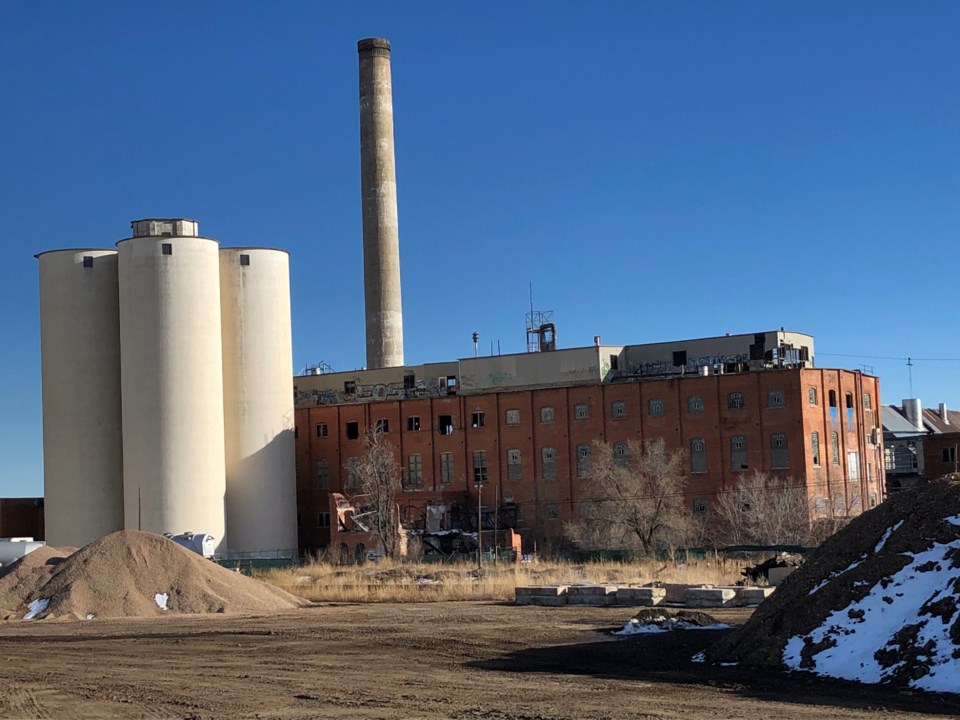The 116-year-old Great Western Sugar Mill is plagued by asbestos, shaky historic structures, other unknown structural problems and no sure method to clean it up for redevelopment.
Still, members of the Urban Land Institute Colorado told the city council Tuesday night Longmont should not pass up the opportunity to transform the 125-acre site into a possible agri-business hub that could revitalize the eastern gateway into the city.
“You can do this and you should do this … take advantage of this site,” Jocelyn Hitte, of the Urban Land Institute, or ULI, Colorado, told council members.
The ULI convened a technical advisory panel in August and spent two days studying the sugar mill. Panel members took a virtual tour of the hulking facility, interviewed local property owners as well as residents and business owners.
ULI’s report, accepted by the city council Tuesday night, outlined the hurdles the city faces in revamping the sugar mill, a consistent topic of conversation of residents who want the area cleaned up and remain a viable cornerstone of Longmont’s agricultural past.
“I have looked at this for 30 years and always asked myself ‘Why are we missing this opportunity for a gateway to the city to be really special and to do something incredibly creative?”, Councilmember Polly Christensen told the rest of the council.
Ownership issues in and around the sugar mill site have been a long-term and consistent road block to any redevelopment efforts, both Mayor Brian Bagley and the ULI report said. Without a confirmed buyer of the property with a firm redevelopment proposal, the council should not waste time with any “grandiose” plans for the parcel, Bagley said.
Council members agreed to talk about the sugar mill redevelopment during an upcoming city council retreat. City staff members also told the council that Dick Thomas, the owner of the sugar mill site, is talking to potential buyers for the property.
ULI members told the council that more data is needed on the environmental hazards posed at the site to determine cleanup costs.
Since the mill was shuttered in 1977, known and unknown environmental and structural hazards have accumulated, according to the ULI report. “Friable asbestos — a known carcinogen — has been identified in the buildings, with significant amounts believed to have been released over time … environmental conditions relative to the soils and water in the area have not yet been determined,” the report states.
“Identifying and managing risk and liabilities is of primary importance for anyone who takes title and remdiaties the site,” states the report.
The city or an urban renewal authority could take ownership of the property or the city could create a community development corporation to help the site’s redevelopment, the report states.



